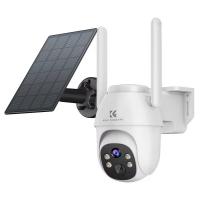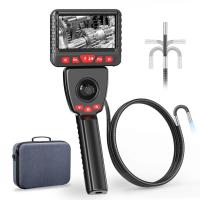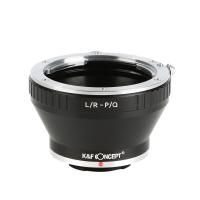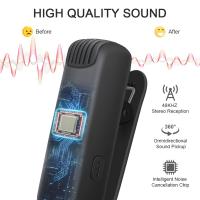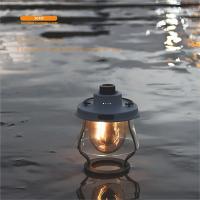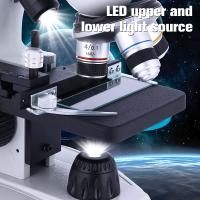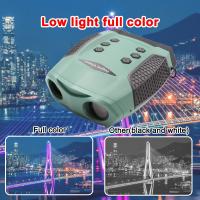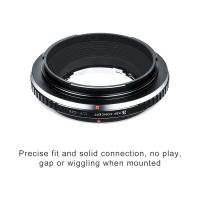How To Use The First Digital Camera ?
To use the first digital camera, you would typically need to follow these steps: 1) Power on the camera by pressing the designated button or switch. 2) Insert a memory card or floppy disk into the camera to store the digital images. 3) Adjust the settings such as resolution, flash, and exposure as per your preference. 4) Frame your shot using the viewfinder or LCD screen. 5) Press the shutter button to capture the image. 6) Review the image on the LCD screen or connect the camera to a computer to view the images. 7) Transfer the images to a computer for further editing or printing. It's important to note that the specific steps may vary depending on the model and brand of the first digital camera being used.
1、 Camera Setup and Power On
To use the first digital camera, follow these steps:
1. Insert Batteries: Open the battery compartment and insert the required batteries. Ensure they are properly aligned and secure the compartment.
2. Memory Card: Insert a compatible memory card into the designated slot. This will store the digital images captured by the camera.
3. Power On: Locate the power button, usually located on the top or back of the camera. Press and hold the button until the camera powers on. Some cameras may have a separate switch for turning on the LCD screen.
4. Set Date and Time: Once the camera is powered on, you may be prompted to set the date and time. Use the camera's buttons or menu options to adjust these settings.
5. Mode Selection: The camera may have different shooting modes such as auto, manual, or scene modes. Select the desired mode based on your preferences and the shooting conditions.
6. Focus and Zoom: Use the camera's focus and zoom controls to adjust the image. Some cameras have autofocus capabilities, while others require manual adjustment.
7. Frame the Shot: Look through the viewfinder or use the LCD screen to frame your shot. Adjust the camera's position and angle as needed.
8. Capture the Image: Press the shutter button to capture the image. Some cameras may have a separate button for recording videos.
9. Review and Delete: After capturing an image, you can review it on the LCD screen. If you are not satisfied, you can delete it and retake the shot.
It's important to note that the first digital cameras were relatively basic compared to today's advanced models. They had limited resolution and storage capacity. Additionally, the user interface and controls may vary depending on the specific camera model. However, the basic principles of camera setup and operation remain the same.
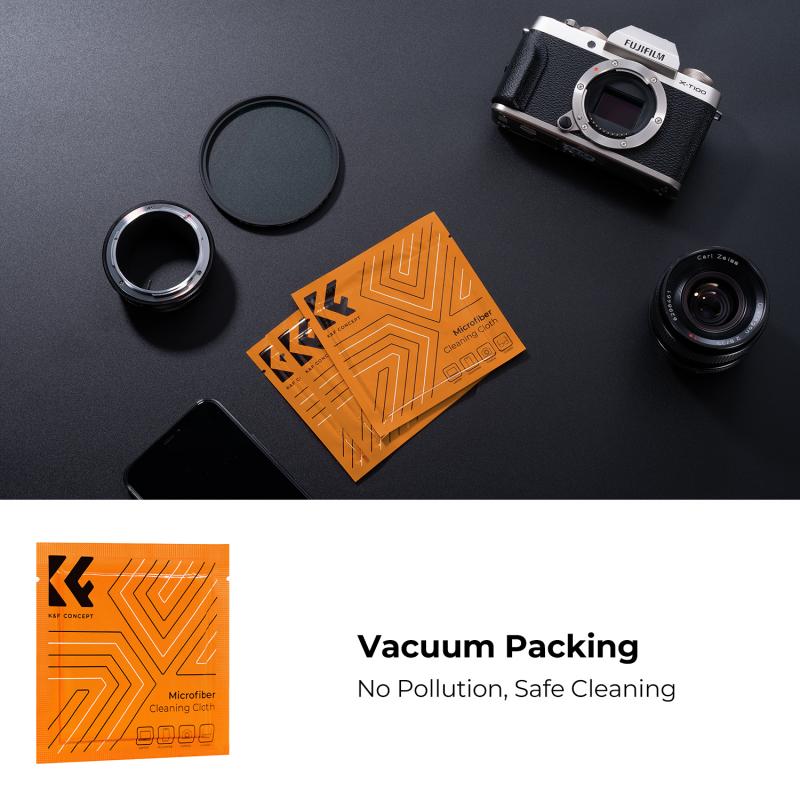
2、 Adjusting Camera Settings
Using the first digital camera may seem like a daunting task, especially if you are accustomed to using modern digital cameras. However, with a little guidance, you can easily navigate through the camera settings and capture stunning photographs. Here's a step-by-step guide on how to use the first digital camera:
1. Power on the camera: Locate the power button and turn on the camera. Wait for it to initialize before proceeding.
2. Set the image quality: The first digital cameras had limited image quality options. Adjust the image quality setting according to your preference. Keep in mind that higher quality settings may result in larger file sizes.
3. Select the resolution: Choose the resolution that suits your needs. Higher resolutions produce sharper images but also consume more storage space.
4. Adjust the ISO: ISO determines the camera's sensitivity to light. Set it higher in low-light conditions and lower in well-lit environments. However, be aware that higher ISO settings can introduce noise into your images.
5. Set the white balance: White balance ensures accurate color reproduction. Choose the appropriate white balance setting based on the lighting conditions. Options may include daylight, cloudy, fluorescent, and tungsten.
6. Select the shooting mode: The first digital cameras typically offered basic shooting modes such as auto, manual, and scene modes. Experiment with different modes to understand their effects on your photographs.
7. Focus and composition: Use the camera's viewfinder or LCD screen to compose your shot. Adjust the focus manually or use the autofocus feature if available.
8. Capture the image: Press the shutter button to capture the image. Remember to hold the camera steady to avoid blurry photos.
It's important to note that the first digital cameras had limited features compared to today's advanced models. However, they laid the foundation for the digital photography revolution we now enjoy. Embrace the simplicity of the first digital camera and explore its capabilities to capture unique and nostalgic images.

3、 Capturing Photos
Capturing Photos with the First Digital Camera
The first digital camera, the Kodak DCS 100, was introduced in 1991. It revolutionized the way we capture and store photographs. While the technology has come a long way since then, understanding how to use the first digital camera can provide valuable insights into the evolution of photography.
1. Powering on: The Kodak DCS 100 had a power switch located on the back. Once turned on, the camera would initialize and be ready for use.
2. Adjusting settings: The camera had limited settings, including ISO, white balance, and resolution. These settings were adjusted using buttons and a small LCD screen on the back of the camera.
3. Framing the shot: The camera had a viewfinder for composing the image. Unlike modern digital cameras, there was no LCD screen to preview the photo before capturing it.
4. Capturing the photo: To take a photo, the user would press the shutter button located on the top of the camera. The camera would then save the image onto a removable storage device, such as a hard disk or a PCMCIA card.
5. Transferring photos: Once the photos were captured, they could be transferred to a computer for further editing and storage. This was done by connecting the camera to a computer using a cable.
From a modern perspective, using the first digital camera may seem cumbersome and limited. However, it laid the foundation for the digital photography revolution we experience today. The ability to instantly capture and store photos without the need for film was a game-changer. It opened up new possibilities for photographers, allowing them to experiment, review, and share their images more easily.
Today, digital cameras have evolved significantly, offering higher resolutions, advanced autofocus systems, and instant image previews. Additionally, smartphones have become the primary tool for capturing photos, with built-in cameras that rival the quality of dedicated digital cameras.
In conclusion, understanding how to use the first digital camera, such as the Kodak DCS 100, provides a glimpse into the early days of digital photography. While the technology has advanced, the core principles of capturing photos remain the same – framing the shot, adjusting settings, and capturing the moment.

4、 Reviewing and Deleting Photos
How to Use the First Digital Camera: Reviewing and Deleting Photos
The first digital camera revolutionized the way we capture and store photographs. While it may seem outdated compared to the advanced cameras we have today, understanding how to use the first digital camera can provide valuable insights into the evolution of photography.
Reviewing and deleting photos on the first digital camera was a relatively simple process. After capturing an image, you would need to navigate through the camera's menu system to access the review mode. This mode allowed you to view the images you had taken on a small LCD screen located on the back of the camera.
To review a photo, you would use the camera's arrow buttons to scroll through the images. The LCD screen provided a basic representation of the photo, allowing you to assess its quality and composition. However, due to the limited resolution and size of the screen, it was challenging to evaluate the finer details of the image.
Deleting a photo on the first digital camera was a straightforward process. Once you had selected the image you wanted to delete, you would navigate to the delete option in the camera's menu. Confirming the deletion would remove the photo from the camera's memory, making space for new pictures.
From a modern perspective, the first digital camera's reviewing and deleting process may seem cumbersome and primitive. However, it laid the foundation for the digital photography advancements we enjoy today. The ability to review and delete photos directly on the camera was a significant step towards the convenience and efficiency we now take for granted.
In conclusion, using the first digital camera to review and delete photos involved navigating through the camera's menu system and utilizing the small LCD screen. While it may not have been as user-friendly as today's cameras, it marked a crucial milestone in the development of digital photography.
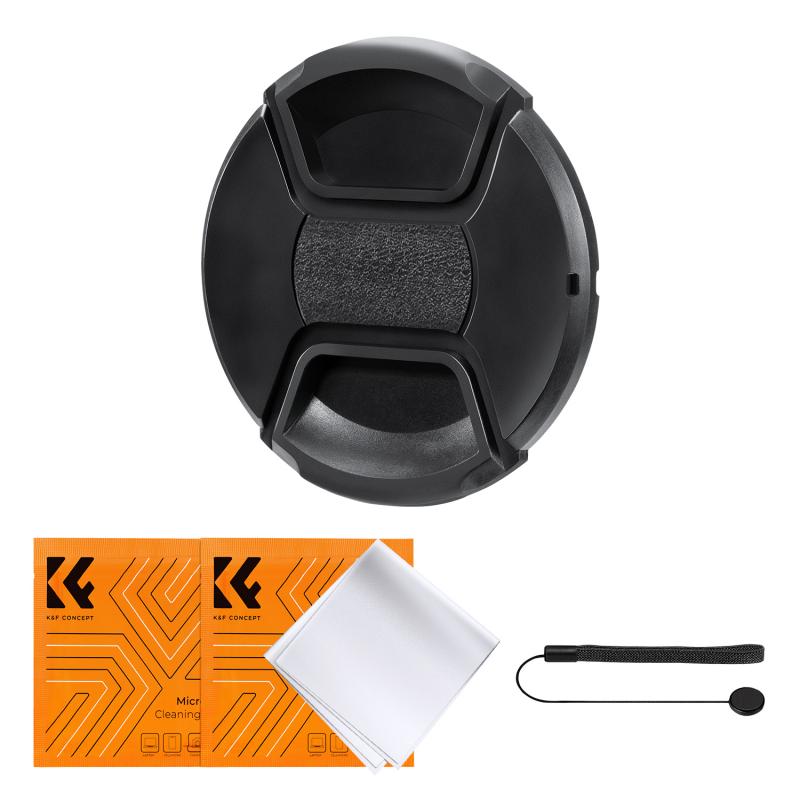












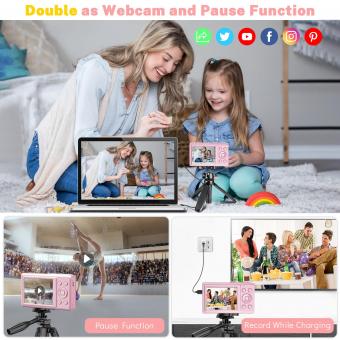








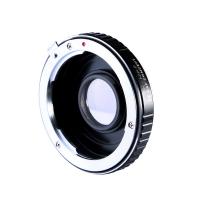

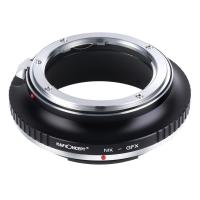
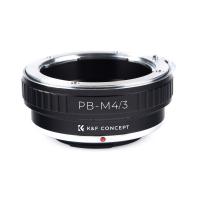
-200x200.jpg)
